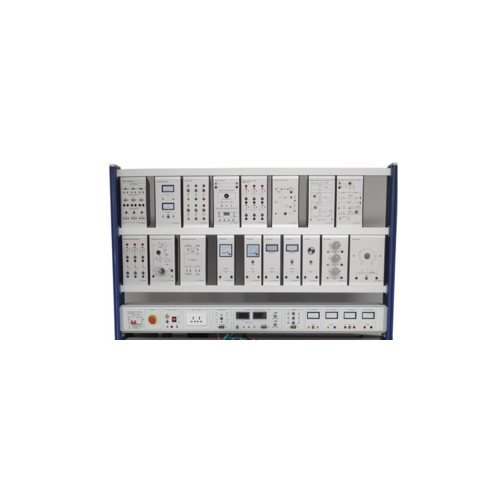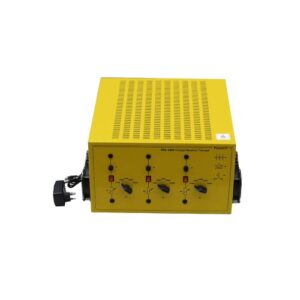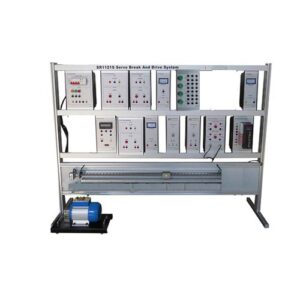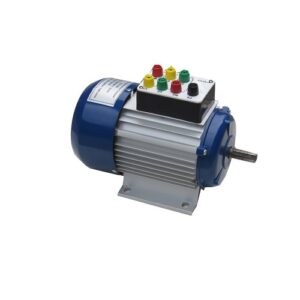AZE3320 Basic Electrical Laboratory Didactic Equipment Educational Equipment
1.Product
1.1 Overview
The training sets include a variety of electrical training experiments, raises the student the corresponding knowledge and skills, suitable for higher vocational colleges, higher technical, secondary vocational school and technical school related professional teaching and skill training evaluation.
1.2 Feature
(1) Training bench with aluminum column frame structure, the power supply built-in integrated installation, safe and convenient to use, is not easy to damage.
(2) unit circuit hanging box configuration are complete, combination use, complete variety of critiquing the training content.
(3) It can be set for an experiment subjects related units hang flexible increase or decrease in the box, in order to meet different user requirements.
(4) Training platform has a good safety protection system.
II Character parameter
(1) Input power: single phase, three wires 220V±10% 50Hz
(2) Dimension: 1600mm×400mm×950mm(frame type=desktop type)
(3) Whole capacity: <2.0KVA
(4) Weight: <160kg
(5) Work condition:
Environment temperature: -10℃~+40℃
Relative humidity: <85%(25℃)
3.1 Power control panel
The power control panel using aluminum alloy profile panel, enclosed body structure, and placed at the bottom of a connection as one.
3.2 Power box
(1)Three phases, five wires power input, it has been tested by leakage breaker control, it has emergency stop button, you can cut off electricity when emergency.
(2) Power box parameters: aluminum profile box, leakage protection circuit breaker, power indicator light, emergency stop switch, provide AC 220V output socket, DC fixed 5V, plus or minus 12V, DC 0-36V adjustable output, low voltage AC 6V, 12V output , DC voltmeter, DC ammeter
Ohm’s law
Type of resistor (potentiometer varistor)
1) Series resistance circuit.
2) Parallel resistance circuit.
3) Kirchhoff’s series circuit law.
4) Kirchhoff’s parallel circuit law.
5) Series – Parallel.
6) Voltage divider.
7) Current divider.
8) Star ^ delta.
9) delta ^ Star.
10) Power transmission.
Capacitors and capacitors
1) Series capacitor circuit.
2) Parallel capacitor circuit.
3) Series – Parallel circuit.
4) Grid Analysis (Maxwell)
5) Intersection.
6) Superposition theorem.
7) Thevenin’s theorem.
8) Norton’s theorem.
9) Interaction.
- Inductors and coils.
1) Series inductors.
2) Parallel inductors.
3) Inductors (series – parallel).











